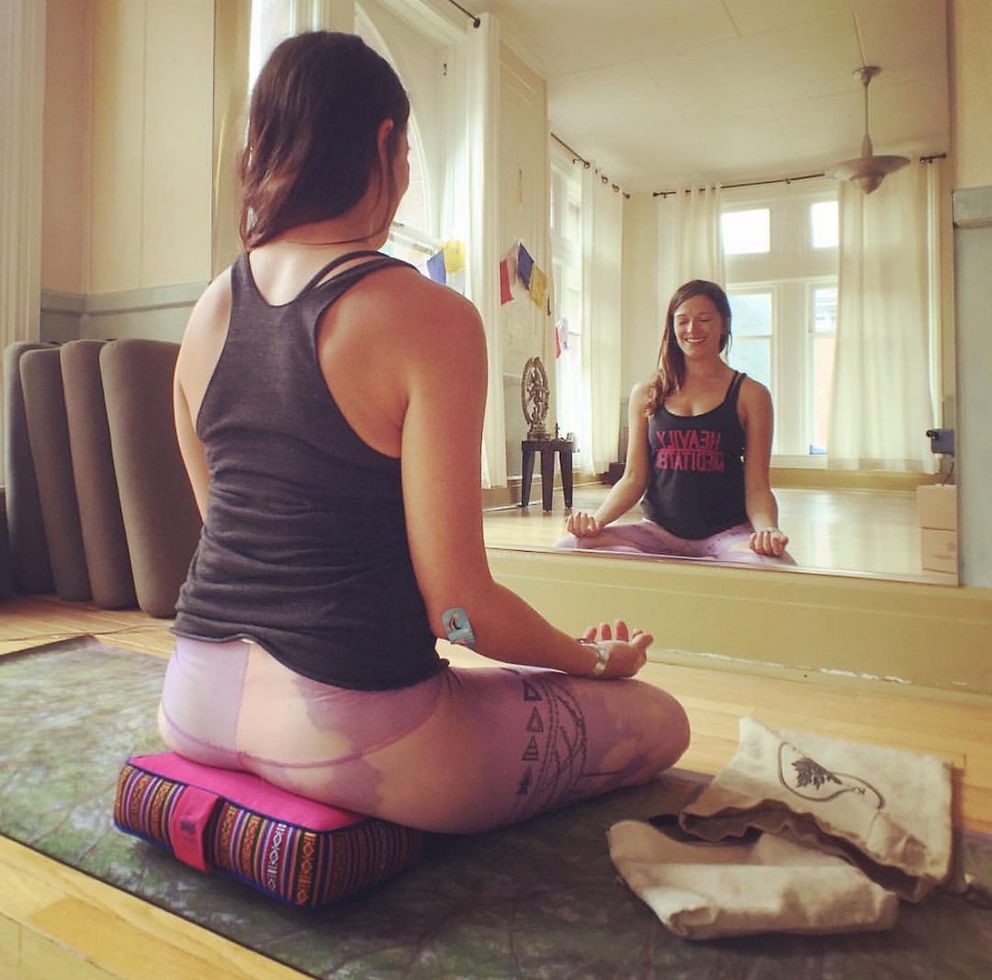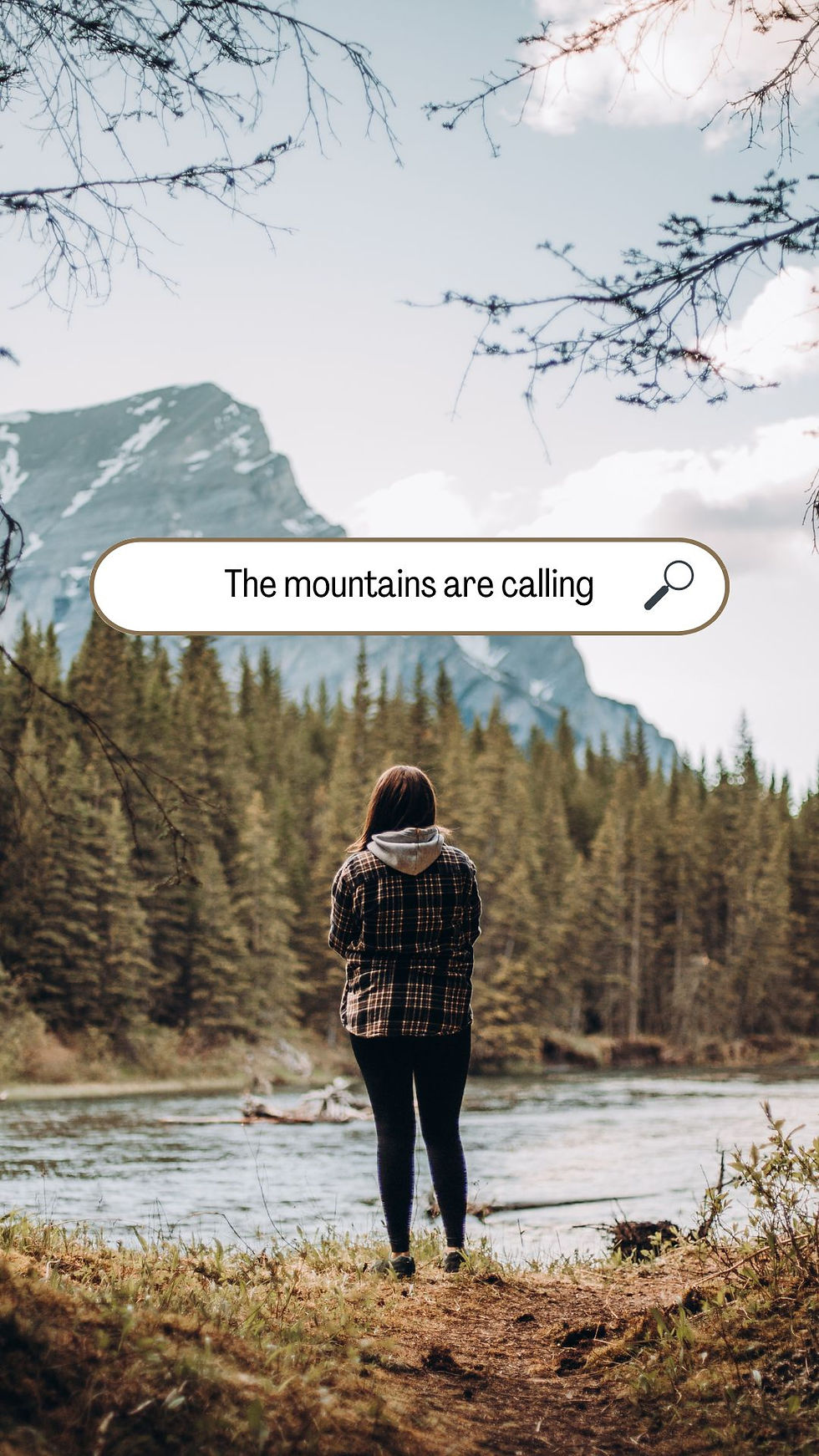
The Ashtanga Opening Mantra: Setting the Tone for Your Practice
- chloedeedudley
- Mar 23
- 4 min read
As the sun rises and gently ushers in a new day, many practitioners step onto their yoga mats with reverence and intention. For those who practice Ashtanga Yoga, this journey begins with the primal sound of the opening mantra, "Om," followed by sacred Sanskrit phrases that invoke a spirit of unity, respect, and focus.
As Kino MacGregor beautifully said, “Ashtanga Yoga is a ritual designed to erect a temple within the inner space of your body, and on this holy site, you experience the magic of personal transformation.”
The Significance of the Opening Mantra:
Every Ashtanga practice commences with the same foundational mantra, which serves not just as a verbal expression but as a profound reminder of the emotional and spiritual work that lies ahead. The opening mantra connects us to the deep-rooted traditions of yoga, honed over millennia, and establishes a mindset conducive to mindfulness.

The opening mantra goes as follows:
Om
Vande Gurūṇāṁ Caranaravinde
Sandarśita Svatma Sukhavabodhe
Nihśreyase Jangalikāyamāne
Samsāra Hala Hala Moha Śantyai
Abahu Puruṣākāraṁ
Śankarācāryaṁ
Bādarāyaṇaṁ
Sūtra Bāṣya Kr̥tau
Vande Vande
Guru Patanjalim
Om: The universal sound that represents the essence of the ultimate reality. It signifies the beginning of our practice and the connection to the universe.
Vande Gurūṇāṁ Caranaravinde: “I bow to the lotus feet of the Gurus.” This line instills a sense of humility and gratitude, recognizing the wisdom imparted by our teachers.
Svatma Sukhavabodhe: “Who shows the state of bliss from the realization of the Self.” This emphasizes the goal of yoga—to attain self-realization and inner peace.
Jangalikāyamāne: “That leads to the highest welfare.” Here, we acknowledge the path of yoga as one that guides us toward our own best interests and those of the world around us.
Samsāra Hala Hala Moha Śantyai: “To calm the poison of worldly existence.” This line reminds us of the distractions and disturbances of life, encouraging us to find peace through our practice.
Abahu Puruṣākāraṁ: “With arms raised.” This invokes the imagery of surrender and openness, inviting the divine into our hearts and minds.
Śankarācāryaṁ: “To Shankaracharya,” a great philosopher and teacher who helped shape Advaita Vedanta, reminding us of the wisdom that has been passed down through generations.
Bādarāyaṇaṁ: “To Badarayana,” known for authoring the Brahma Sutras, reinforcing our connection to the philosophical foundations of yoga.
Sūtra Bāṣya Kr̥tau: “To the authors of the yoga scriptures,” paying homage to the teachings that guide our practice.
Vande Vande: “I bow, I bow,” an expression of devotion and humility as we acknowledge the lineage from which we come.
Guru Patanjalim: “To the teacher Patanjali,” the sage who compiled the Yoga Sutras, thereby connecting our practice to one of its most influential figures.
Establishing the Right Mindset
The opening mantra serves several purposes: it grounds us in the present moment; it fosters gratitude toward our teachers; and it aligns our energy with the greater wisdom of the universe. By chanting the mantra, we set an intention for our practice and allow ourselves to transcend the everyday chaos of life.
Begin Your Practice with Intention: As you step onto your mat, take a moment to center yourself. Close your eyes, breathe deeply, and prepare your mind for the practice ahead.
Chant the Mantra Aloud or Silently: Whether you choose to vocalize the mantra or simply recite it in your mind, honor the words and their significance. Allow the vibrations to resonate within you.
Reflect on Its Meaning: After chanting, take a few moments to reflect on the phrases and how they relate to your personal journey. What aspects do you resonate with? How can you embody these teachings today?
Let It Guide Your Practice: Throughout your Ashtanga session, keep the essence of the mantra in your heart. Remember – each breath and movement is an opportunity to connect with the stillness and wisdom within.
Conclusion
The Ashtanga opening mantra is not just an ancient chant; it’s an invitation to deepen our practice and connect with the rich tapestry of yoga traditions. As we bow in gratitude to the lineage of teachers before us, let us also honor our own journey, cultivating mindfulness, strength, and serenity on the mat. So, the next time you step onto your mat, take a moment to embrace the opening mantra and all it has to offer — for it is here that your practice begins.
Thank YOU for reading the short article about the Ashtanga Opening Mantra. This past weekend, I taught an Ashtanga Inspired Practice where it brought me back to my Ashtanga roots.
In Seattle, I use to practice Mysore style with Troy Lucero and in time began to love the practice. So, it was fun to teach the Primary Series during a 60-minute class. Not the entire Primary Series as we did not have two hours but a modified version. We began with the Ashtanga Opening Mantra and ending with the Ashtanga Closing Mantra right before Savasana. I’ll share a future post on the Ashtanga closing mantra, so subscribe by putting your email in the subribe now box below!



Comments